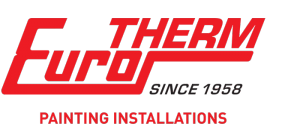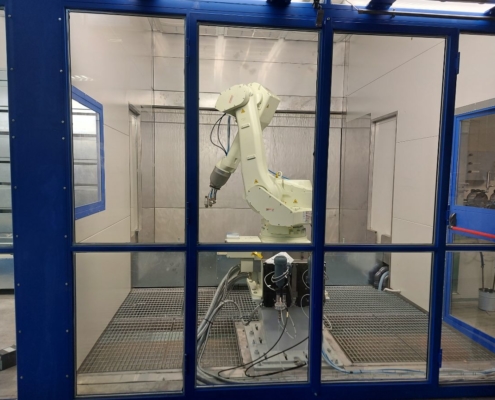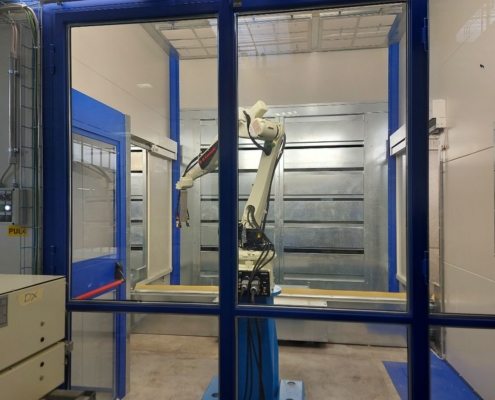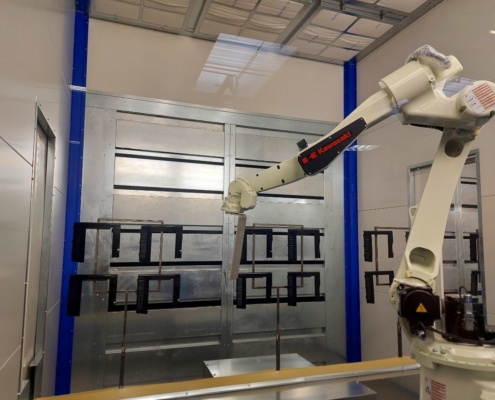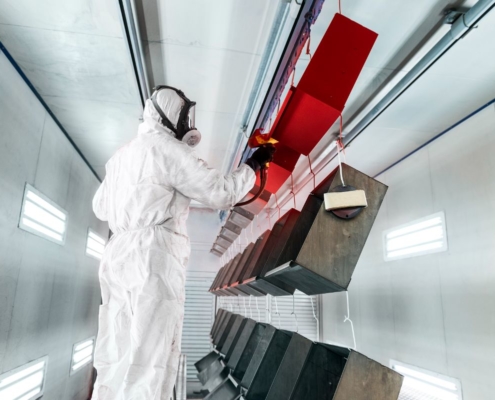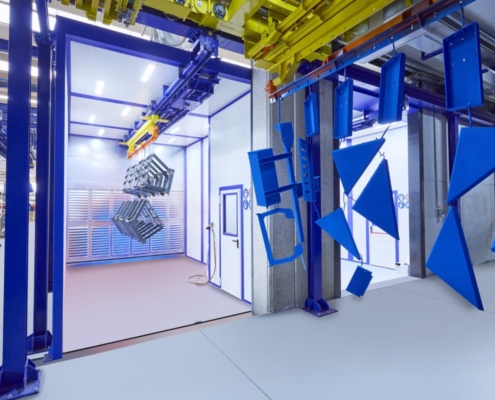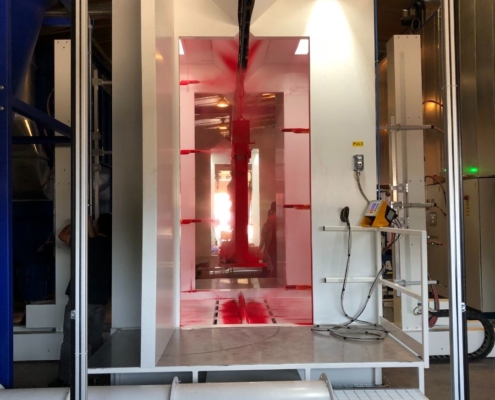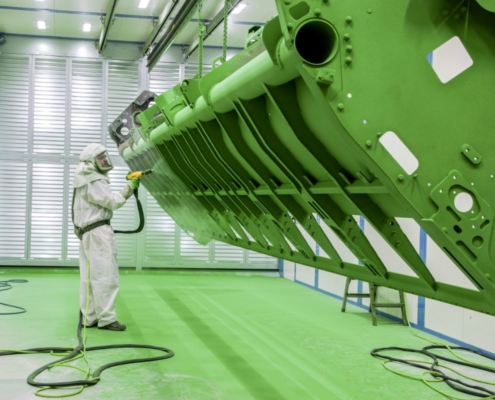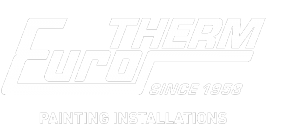Industrial painting has undergone a significant evolution over the years, passing from a manual process to an automated one, from unsustainable mechanisms to increasingly advanced technologies, changing, hand in hand, the needs of companies in the painting world.
Technologies have evolved and, with them, the change has led to a social revolution: as early as the 1970s, the quality and sustainability of the products had to pass through an increasingly optimized and optimal finish.
The intervention of robots to help operators
In the early days it is undeniable that industrial painting stood out within a mainly manual process. Specialized skills and massive manpower (also in terms of working hours) were the industrial needs, before the advancement of technology made it possible to automate some of the production phases.
This is how the robots dedicated to painting appear, capable of guaranteeing greater precision and uniformity, but also greater speed in the application. Reducing waste, optimizing production times and increasing productivity were the natural consequences of a surprising technological step forward.
A passage which, however, did not lead, as many feared, to an impoverishment from a human point of view in terms of work, but rather put the emphasis on the experience and skill of the operators who, with their technical knowledge, play today an even more central role in the regulation of painting parameters, inspection, and quality control.
Continuous technological advances
Increasingly sophisticated computerized control systems have allowed ever more careful control and constant and precise monitoring of the parameters that affect the final quality of the painting itself, such as temperature, application speed and the degree of humidity present in the air.
This is how it was possible to allow greater repeatability in the painting process, but also, thanks to new dosing and mixing technologies, to reduce paint waste and improve process efficiency.
The customization of tools for ever better quality
In recent years, the demand for customized solutions has also become increasingly pressing, capable of responding promptly and precisely to the needs of the company, avoiding waste of money, space and energy.
Specific coatings, unique applications and stunning finishes must be matched by advanced application techniques and customized spray booths to meet the needs.
From liquid coating to powder coating
Since the last decade we have been witnessing a significant transition in the field of industrial painting: there are many sectors that have gradually abandoned the traditional liquid painting to embrace the powder coating system.
A transition that has brought numerous advantages:
- Versatile and efficient alternative, durable and resistant to wear,
- Simplicity of application,
- Reduced application times,
- Fast curing times,
- Absence of solvents (thus avoiding all problems related to disposal),
- Waste reduction,
- Reduced environmental impact,
- Versatility of finishes and final textures.
Of course, liquid coating is still the undisputed queen when it comes to extremely high quality finishes, but powder coating is certainly a technology capable of satisfying most of the needs of today’s industrial sectors.
The revolution in the spray booth sector
This change could not fail to find direct and immediate application in the world of spray booths. It was the introduction of the suction wall integrated directly inside the cabin that allowed the change of pace.
If once the powder painting booths were equipped with extraction hoods connected to an external filter group, the suction wall – translated from the method used for the liquid painting booths – has managed to move the cartridges inside, significantly reducing the overall dimensions are significant while simultaneously reducing the energy requirement.
Towards an eco-friendly painting
The world of industry has always been attacked for its environmental impact, but it is also perhaps the one that, most of all, is taking enormous steps forward to shake off this reputation. In this direction, recent technological advances are allowing enormous steps forward, paving the way for more sustainable painting solutions.
Paints with low emission of volatile organic compounds (VOC), advanced filtration systems, paint recovery and recycling systems, waste reduction in mixing and dosing are just some of the innovations that our sector has adopted, but the numerous exhibitions of the sector in which we participate every year demonstrate how, more and more, this is a need shared by all.
The theme of sustainability is a subject on the forefront for Eurotherm which over the years has found innumerable solutions that go in this direction such as hybrid ovens (with a double fuel system, gas and electric), heat recovery systems and the optimization of production cycles (especially when the plant standstill), are some of our focal points.
